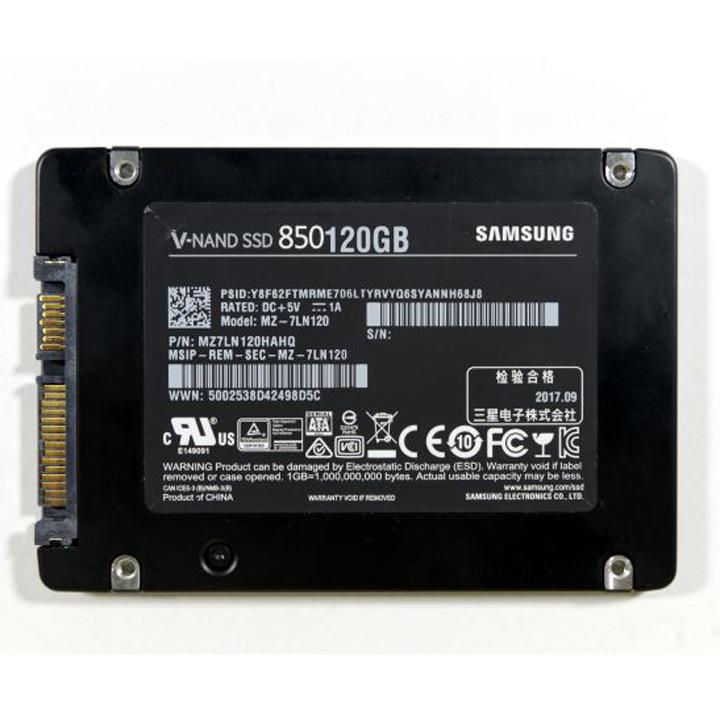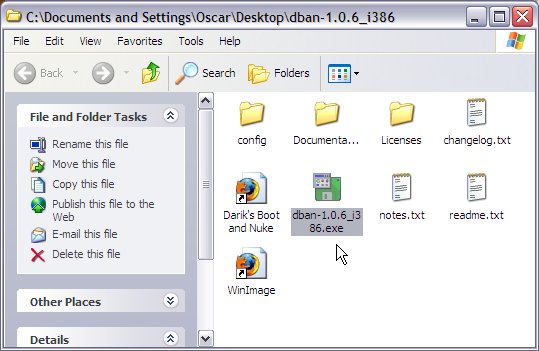

A quick format doesn’t delete the data but instead erases only the pointers to the files. Yes, but don’t use this method if you want the data to be permanently erased.

Then, follow the Windows Disk Management method below since the disk won’t be visible in Windows Explorer.

Before you use any of them, make sure you back up any files you want to keep. The ssd disk has been used in the last 3 months by user01. And yes, delegating to the SSD controller via the Security Erase Enhanced command, while seemingly unverifiable, is supposed to change the SSD’s internal encryption key. If you have two or more disks configured as a RAID, there are various ways to format these drives. Yes, recognizing that there is not direct access to the SSD’s cells is what caused the previous discussion, and thus how nwipe should evolve. It will treat the USB as another drive so to avoid inadvertently wiping that as well, remove it after you’ve booted into DBAN. Your PC should automatically boot the DBAN software, which will guide you through the process of erasing your hard drive, with options for different levels of data-wiping.


 0 kommentar(er)
0 kommentar(er)
